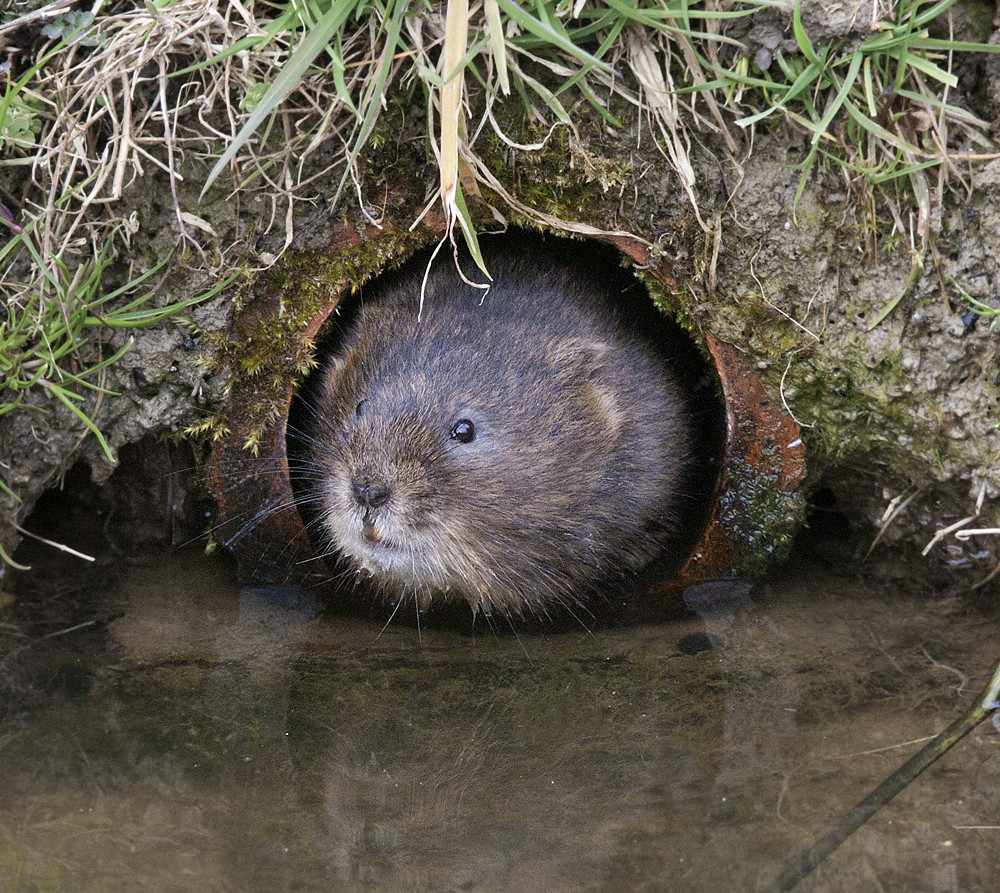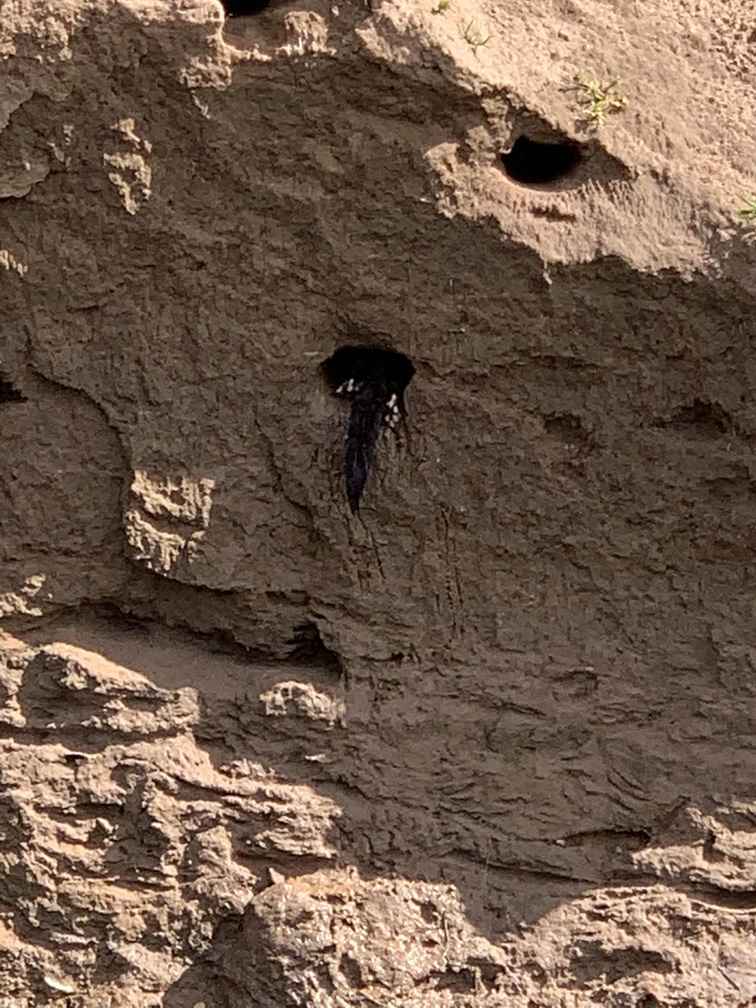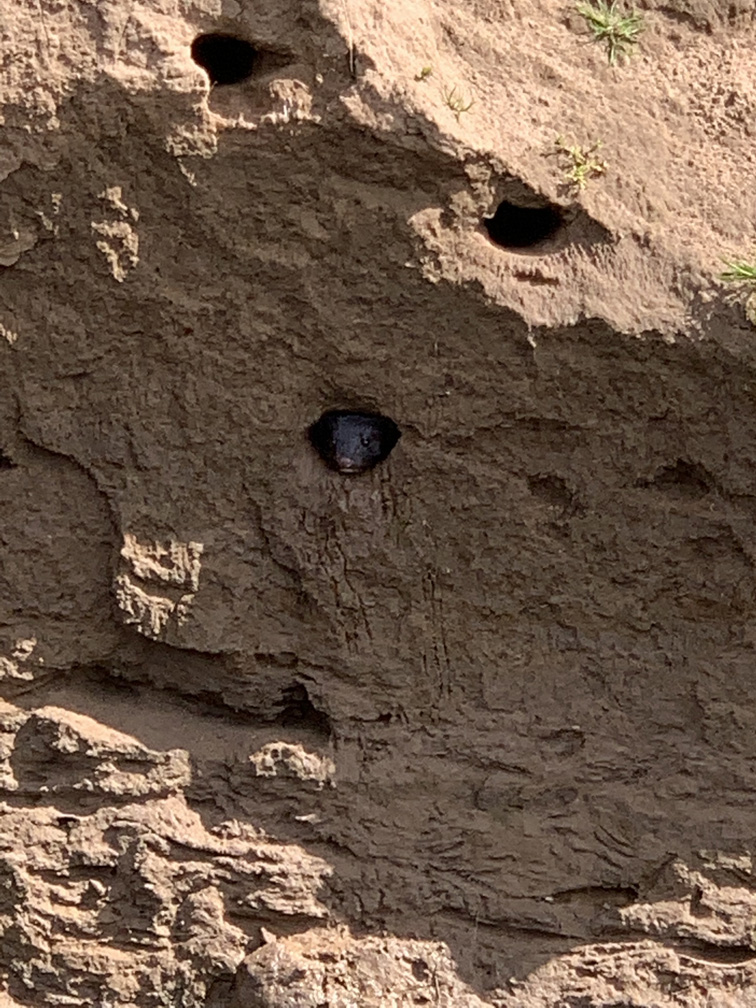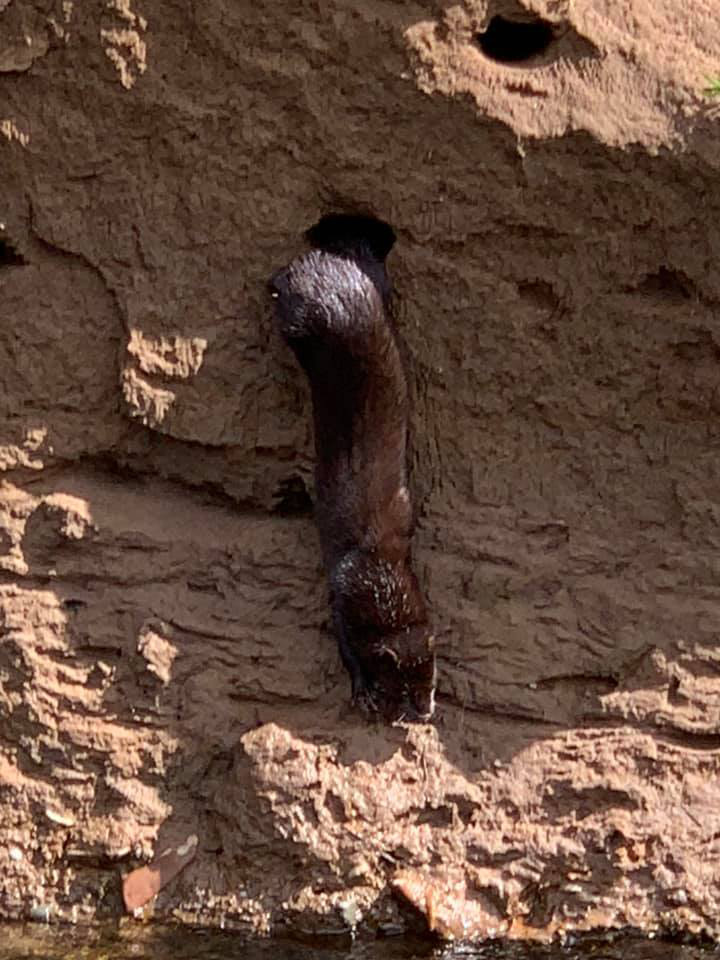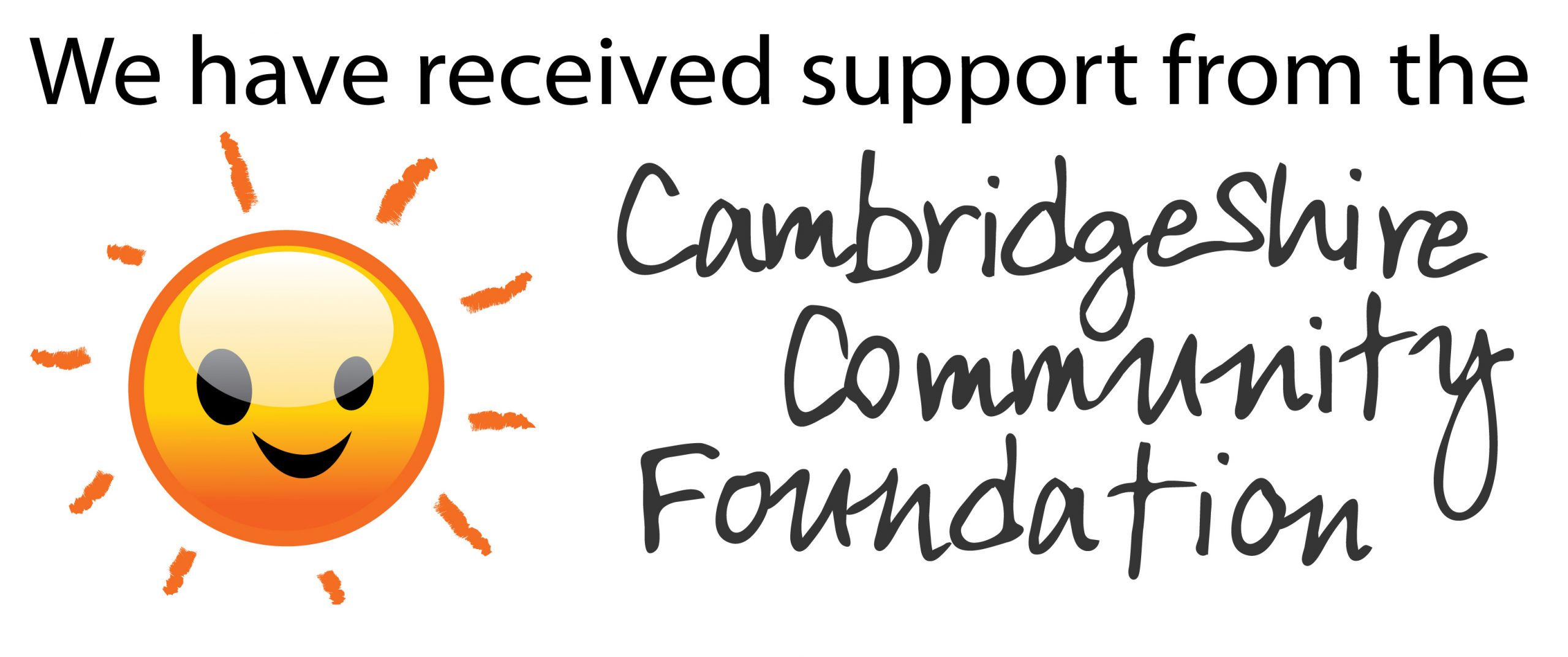Why Trap & Ethics
Why Trap American Mink?
Why indeed? Why do conservation organisations, conservation minded individuals and in some cases governments invest vast amounts of money, time and effort in trapping this relatively new arrival to Britain and Europe? The answer is this – to save the lives of countless numbers of native creatures that would otherwise fall prey to this accomplished, introduced predator. In some cases, and water voles in Britain are a well known example, American mink will completely wipe out native species over vast areas if they are left unchecked. Trapping is a humane, effective means of reducing American mink numbers and, perhaps in time, removing them altogether from the British countryside.
It’s not just water voles….
American mink are skilled, agile predators, with a taste for a wide variety of prey. Almost anything within reach will be taken, from rabbits (which are much larger than mink) to water birds like moorhens, to frogs and fish. Even hole-nesting birds like sand martins and kingfishers are not safe. Recently, an entire sand martin colony was wiped out by a family of American mink at the Attenborough Reserve in Nottinghamshire. Anything inside a nesting hole when an American mink enters, including an incubating adult bird, will be eaten. In June 2020, Alan Mullen photographed and filmed an American mink foraging in a riverside colony near Loch Lomond in western Scotland, and Alan has kindly allowed us to see what he encountered that day. If you look closely, you can see the claw marks made by the American mink as it scrambled up the face of the bank to get into the sand martin hole.
Ethics
We Brits like to think of ourselves as a nation of animal lovers, and consequently most people may initially be very concerned at the prospect of substantial numbers of a furry, intelligent mammal being killed in a project like this. Everyone involved in the WRT project is passionate about animals, too, and none of us enjoys taking a life. So what is going on here? Why the apparent contradiction?
The answer is that, with American mink well established in our countryside, something is going to die. If we collectively decide to sit on our hands and do nothing, millions of native creatures will be killed by American mink every year in Britain, in perpetuity. And of course every individual American mink will die in due course, anyway – most of them in a traumatic way due to illness or disease. The alternative is that the American mink are trapped and humanely dispatched, thereby saving the lives of the countless fish, amphibians, water voles, kingfishers, sand martins, lapwings etc that would otherwise end up as a mink meal.
The choice is ours – all of us. Doing nothing condemns to death millions of native creatures, and that’s not something that many of us wish to have on our conscience. Instead, because we have the ability to make a difference, we choose to do so. Faced with the terrible consequence of not acting, we believe that most people in this country, when in possession of the facts, would make the same choice that we have.
